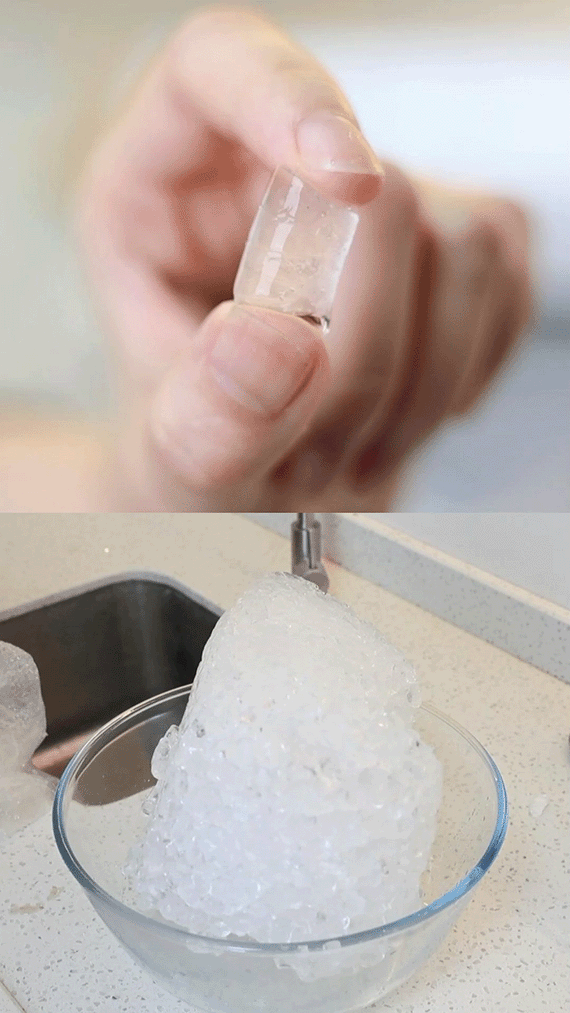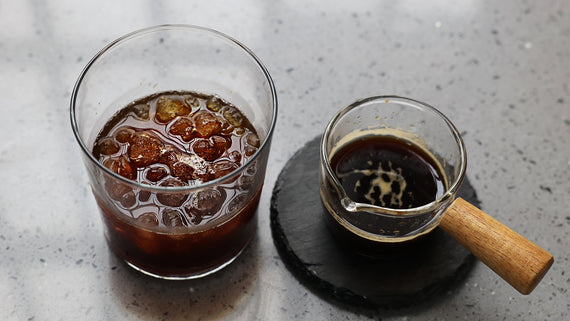Surprising Shapes of Ice Melt Found in Lab
Ice melt is a more usual phenomenon than ever in the world, but they're still several mysteries about them. Probably you are very familiar with the melt of nugget ice, bullet ice, ice cubes and all kinds of ice, especially if you’ve owned a household Gevi ice maker. It’s easy for you to notice the shapes of ice when they chill your favorite drinks.
Recently, one of Gevi team members found an interesting study about the different shapes of ice melt from New York University. We are going to share it with all of you and explore the mystery of ice melt.

Photo credit: Nataba/Getty Images
In NYU’s Applied Mathematics Laboratory and Center for Soft Matter Research, the researchers conducted a series of experiments to study how the water temperature affects the eventual shapes of ice. So, they created ultra-pure water, which is free of other impurities. The team recorded the melting of ice submerged in water tanks in a “cold room,” which is similar to a walk-in fridge whose temperature is controlled and varied. They focused on the temperatures from 0~10 degrees Celsius when ice typically melts in natural waters.

Photo credit: NYU’s Applied Mathematics Laboratory
A surprising variety of shapes were formed, and to be more specific, those under about 5℃, ice takes on the shape of a spike pointing downward, perfectly smooth, with no ripples. What deserves to mention is that water hits peak density at 4℃ resulting in a needle-like point of ice. While, for temperatures above 7℃, the same basic shape forms but upside down, which is pointing upward. The researchers found that when the water temperature is relatively high(8℃), another peak of water density caused another sharp needle ice.
In the intermediate case 5~7℃, things get interesting because the ice has wavy and rippled patterns called “scallops”, with wide shapes near the top and narrow near the bottom because of different water densities. The water is trying to rise with less density near the surface of the ice. But the water is denser and tries to fall further away from the surface. This leads to a kind of circulating flow but this type of flow is unstable and will break up.
We have to marvel at the amazing water properties which turn nature into a natural abstract sculptor. Every pattern it shapes is unique and surprising, which is more likely to inspire Gevi team to design different kinds of ice makers. We will always pay much attention to more interesting studies and improve Gevi ice maker, with more new ideas hitting upon our engineers.



